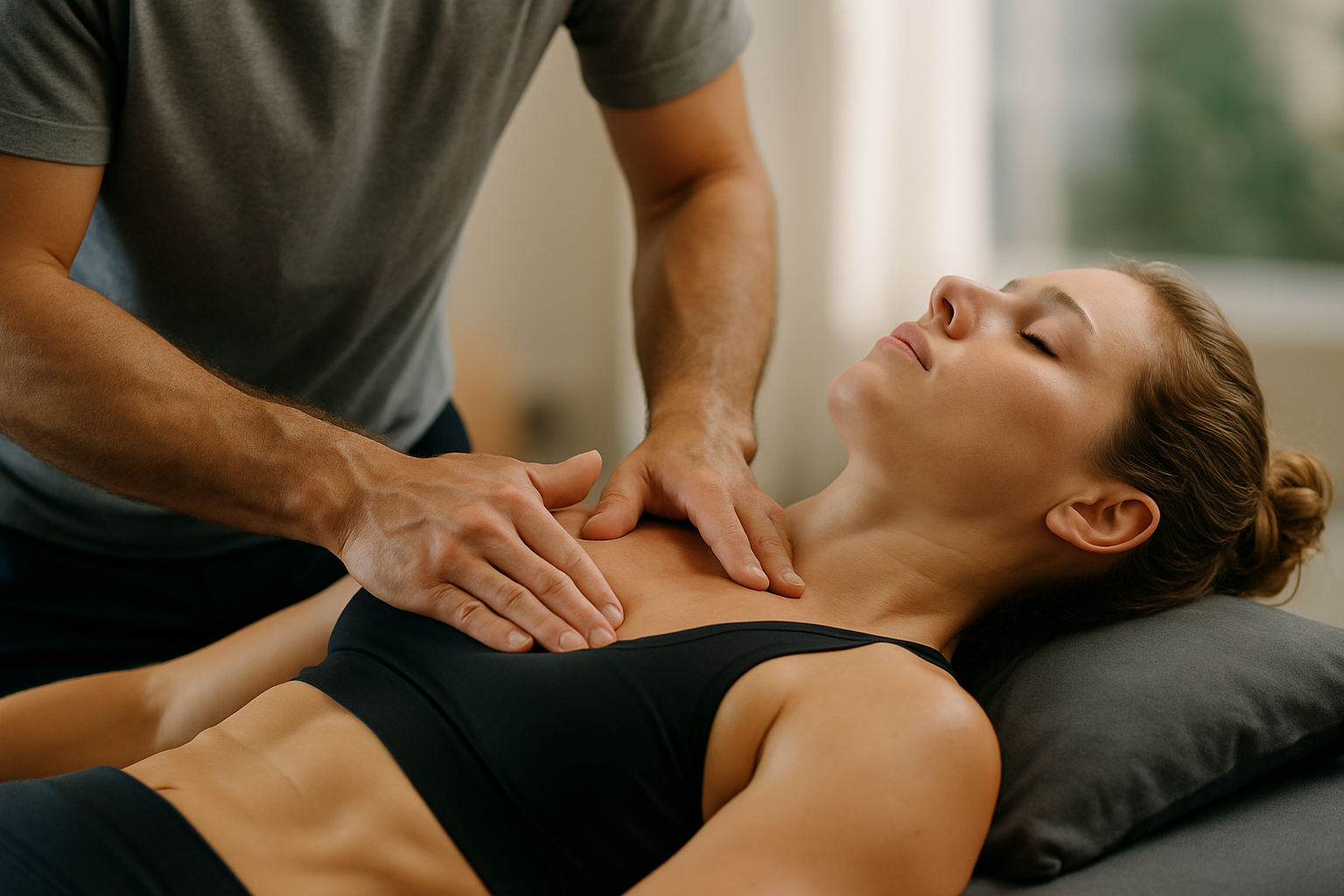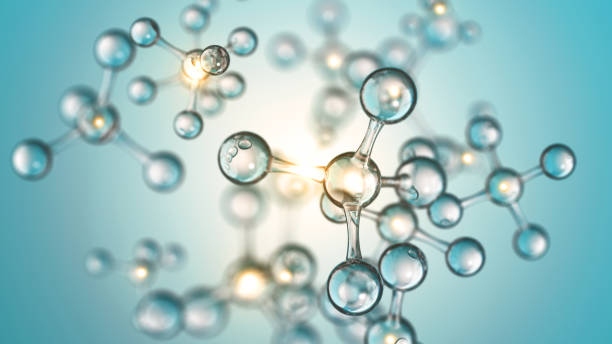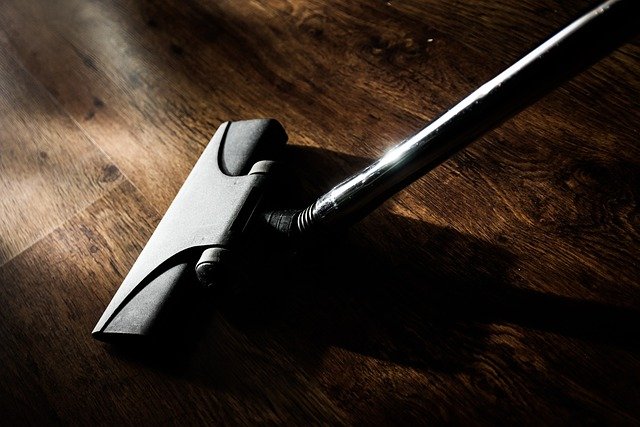Massage Options in the UK: How People Explore Relaxation, Therapy, and Specialized Treatments
Massage has become more than a luxury—it’s a way to support wellbeing, recovery, and balance. From relaxation sessions in local studios to sports or deep tissue techniques, the variety of approaches shows how individuals seek out the right fit for their needs. Looking at how people choose between different types of massage and what factors guide those choices opens a broader view of wellness habits across the world.

Massage therapy has evolved significantly in the UK, transforming from a luxury indulgence to an integral component of many people’s wellness routines. With numerous specializations available across the country, massage now serves multiple purposes—from pure relaxation to targeted therapeutic intervention. The British public increasingly recognizes massage’s value for managing stress, addressing chronic pain, enhancing athletic performance, and supporting overall health maintenance. This growing appreciation has led to a flourishing industry with diverse practitioners offering specialized techniques to meet specific needs.
Finding the Right Massage Therapist in the UK
Locating a qualified massage therapist requires consideration of several factors. Credentials are paramount—look for practitioners registered with recognized bodies such as the Complementary and Natural Healthcare Council (CNHC) or professional associations like the Federation of Holistic Therapists (FHT). These organizations maintain standards of practice and ethics that protect clients. Personal recommendations often prove valuable, as do online reviews and testimonials from previous clients.
When searching for a therapist, consider their specialization relative to your needs. Some excel in sports injury treatment, while others focus on stress management or prenatal care. Most reputable therapists offer initial consultations where you can discuss your requirements and determine compatibility. Location, availability, and session costs also factor into the decision-making process. Many clients report that the therapeutic relationship is as important as technical skill, so finding someone with whom you feel comfortable is essential.
Relaxation Massage: The Gateway to Stress Relief
Relaxation massage represents the most commonly sought variety in the UK, designed primarily to alleviate stress and promote general wellbeing. These treatments typically employ gentle, flowing strokes with moderate pressure to induce a state of calm. Swedish massage—characterized by long, gliding movements, kneading, and circular motions—forms the foundation of most relaxation treatments.
The benefits extend beyond mere pleasure. Regular relaxation massage has been associated with reduced anxiety levels, improved sleep quality, and enhanced mood. The physiological effects include decreased cortisol (stress hormone) production and increased serotonin and dopamine levels, which contribute to feelings of wellbeing. Many practitioners incorporate aromatherapy elements, using essential oils to enhance relaxation effects. For those new to massage therapy, relaxation treatments offer an accessible introduction to the practice’s benefits without intense pressure or specific therapeutic focus.
Full Body Massage: Comprehensive Care Approaches
Body massage encompasses treatments that address the entire physique rather than targeting specific problem areas. These comprehensive sessions typically last between 60 and 90 minutes, allowing therapists to work methodically from head to toe. Full body approaches may incorporate various techniques depending on the practitioner’s training and the client’s needs.
These holistic treatments offer multiple advantages. By addressing the entire musculoskeletal system, they can identify and release tension patterns that might be overlooked in more focused sessions. Improved circulation represents another significant benefit, as massage stimulates blood flow throughout the body, enhancing oxygen and nutrient delivery to tissues. Many clients report heightened body awareness following comprehensive treatments, noting previously unrecognized areas of tension. Full body massages also provide an opportunity for complete mental disconnection, allowing recipients to fully immerse in the experience without focusing on specific problem areas.
Sports Massage: Supporting Athletic Performance
Sports massage has gained substantial popularity in the UK, serving both professional athletes and weekend warriors alike. Unlike relaxation-focused treatments, sports massage employs more vigorous techniques designed to address the specific needs of physically active individuals. These specialized treatments may be preventative, maintenance-oriented, or rehabilitative in nature.
Pre-event sports massage focuses on preparing muscles for activity, increasing blood flow and flexibility while reducing the risk of injury. Post-event treatments aim to accelerate recovery by reducing inflammation and flushing metabolic waste products from tissues. Maintenance sports massage helps address cumulative stress from regular training. Techniques commonly include deep tissue work, myofascial release, and trigger point therapy, often delivered with greater pressure than relaxation massages. Many sports massage therapists work alongside physiotherapists and other healthcare providers to develop comprehensive treatment plans for injured athletes.
Deep Tissue Massage: Addressing Chronic Issues
Deep tissue massage targets the underlying muscle layers and connective tissues to address chronic tension and pain. This technique involves slow, deliberate strokes applied with significant pressure, focusing on problematic areas rather than providing general relaxation. Practitioners often use knuckles, elbows, and forearms to access deeper structures effectively.
This approach proves particularly beneficial for addressing specific musculoskeletal issues such as chronic back pain, repetitive strain injuries, postural problems, and recovery from certain injuries. Recipients should expect some discomfort during treatment—often described as “good pain”—though communication with the therapist ensures pressure remains within tolerable limits. Results typically include increased range of motion, reduced chronic pain patterns, and improved posture. Many clients report temporary soreness following deep tissue work, similar to post-exercise muscle fatigue, which typically resolves within 24-48 hours.
Massage Therapy Costs and Provider Comparison
Massage therapy prices in the UK vary considerably based on location, therapist experience, session duration, and specialization. Urban centers, particularly London, typically command higher rates than rural areas. Most practitioners offer sessions in 30, 60, or 90-minute increments, with longer sessions providing better value per minute.
| Massage Type | Average Price Range (60 min) | Typical Provider Types | Specialized Training Required |
|---|---|---|---|
| Relaxation | £45-£70 | Spas, Wellness Centers, Independent Practitioners | Basic massage qualification |
| Sports | £50-£80 | Sports Clinics, Physiotherapy Practices, Independent Specialists | Advanced sports massage certification |
| Deep Tissue | £50-£85 | Therapeutic Clinics, Independent Specialists | Advanced training in deep tissue techniques |
| Thai | £60-£90 | Specialized Thai Massage Centers | Specific Thai massage training |
| Hot Stone | £65-£95 | Spas, Luxury Hotels, Specialized Practitioners | Hot stone therapy certification |
Prices, rates, or cost estimates mentioned in this article are based on the latest available information but may change over time. Independent research is advised before making financial decisions.
Many therapists offer package deals for multiple sessions, which can reduce the per-session cost by 10-20%. Health insurance coverage for massage therapy varies significantly between providers, with some plans covering treatments when prescribed for specific medical conditions or following injury. When researching providers, consider asking about qualifications, specializations, and whether they offer consultations before committing to full sessions.
Specialized Massage Treatments Gaining Popularity
Beyond the mainstream options, several specialized massage modalities have gained traction in the UK wellness scene. These include Thai massage, which combines acupressure, stretching, and yoga-like movements; aromatherapy massage incorporating essential oils for enhanced therapeutic effects; and hot stone treatments using smooth, heated basalt stones to relax muscles deeply.
Pregnancy massage, specifically designed for expectant mothers, addresses the unique discomforts of pregnancy while ensuring safety for mother and baby. Lymphatic drainage massage focuses on the gentle manipulation of lymph fluid to reduce swelling and support immune function. Reflexology, targeting pressure points in the feet that correspond to other body areas, has also maintained steady popularity. These specialized approaches allow individuals to select treatments precisely aligned with their wellness goals, whether addressing specific conditions or exploring alternative therapeutic traditions.
The diversity of massage options available across the UK reflects growing recognition of the practice’s therapeutic potential beyond mere indulgence. As research continues to validate massage’s benefits for various conditions, its integration into mainstream healthcare approaches seems likely to increase, offering more specialized and evidence-based treatments to address specific health concerns.




